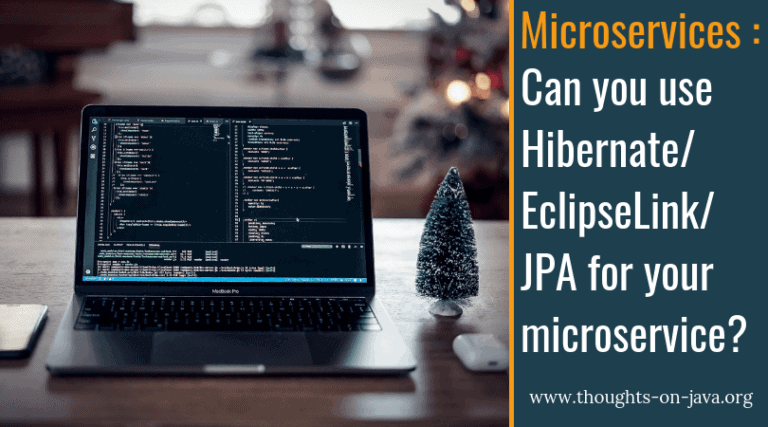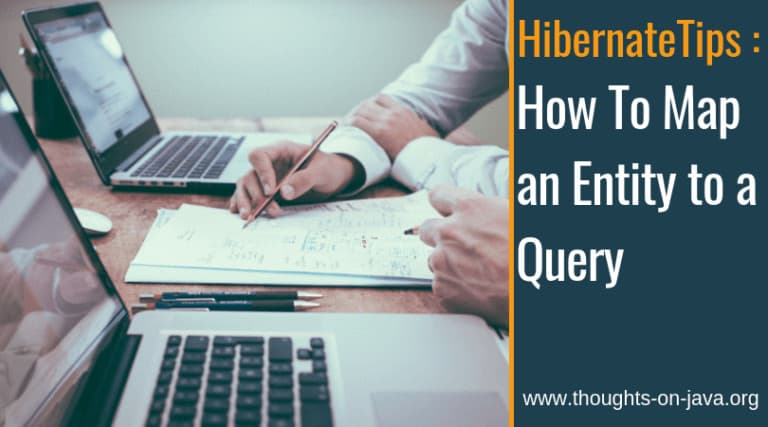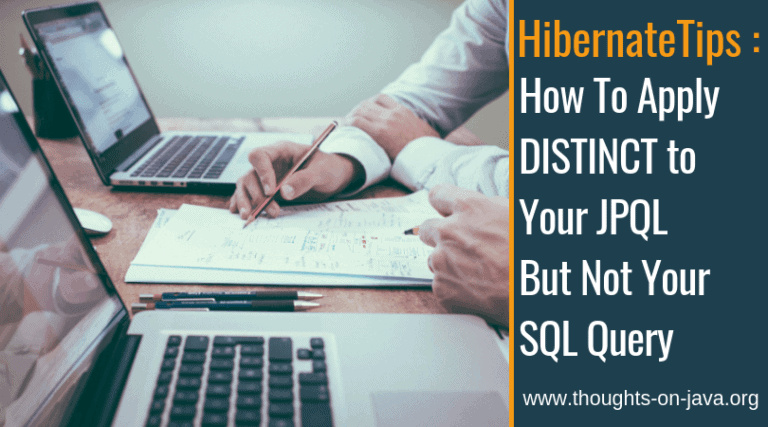6 Hibernate Best Practices for Readable and Maintainable Code
Implementing a readable and maintainable persistence layer with Hibernate isn’t as easy as it might seem. It often starts with just a few annotations on some Java classes and a small number of Strings containing things like JPQL or native query statements and references to attributes, queries and bind parameter names. As the project grows, you implement more entity…





